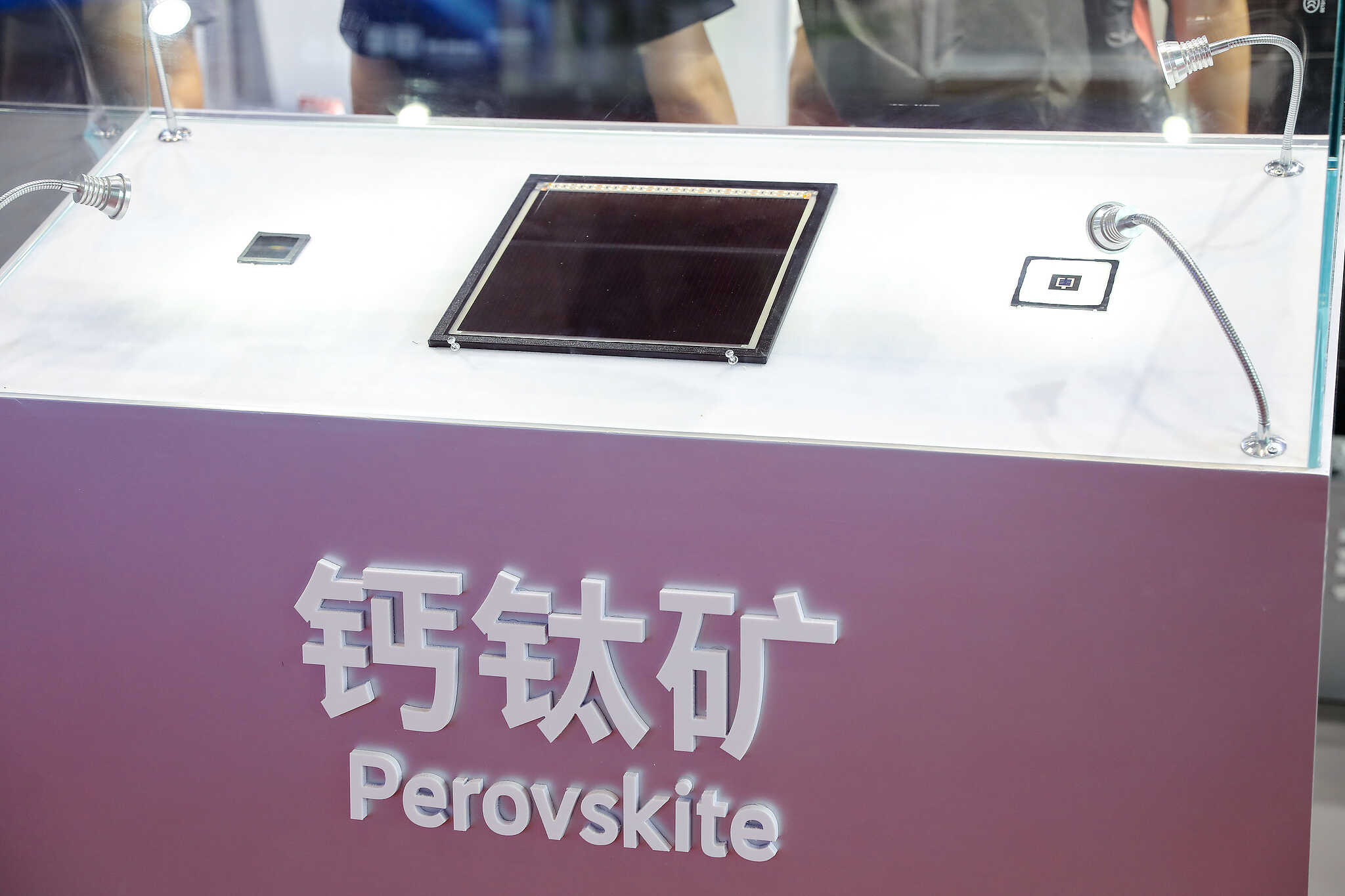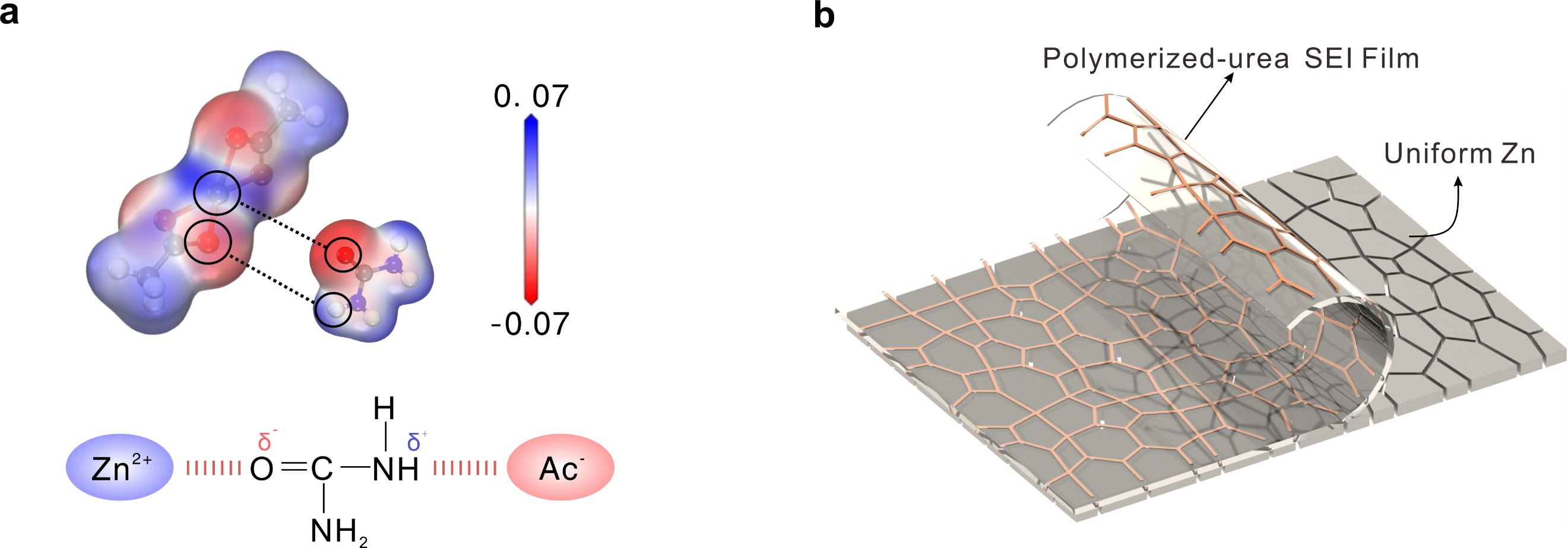2025-06-30 中国科学院(CAS)

<関連情報>
- https://english.cas.cn/newsroom/cas_media/202506/t20250630_1046438.shtml
- https://www.science.org/doi/10.1126/science.adv4551
ペロブスカイト太陽電池のための安定で均一な自己組織化有機ジラジカル分子 Stable and uniform self-assembled organic diradical molecules for perovskite photovoltaics
Wenping Wu, Han Gao, Lingbo Jia, Yuan Li, […] , and Chuanjiang Qin
Science Published:26 Jun 2025
DOI:https://doi.org/10.1126/science.adv4551
Abstract
Organic self-assembled molecules (SAMs), widely used in perovskite solar cells (PSCs), should exhibit enhanced performance to support the ongoing advancement of perovskite photovoltaics. We designed diradical SAMs through a coplanar-conjugation of donor-acceptor strategy to facilitate hole transport across the SAMs. The diradical SAMs exhibited high photothermal and electrochemical stability, as well as improved assembly uniformity and large-area solution processability attributed to molecular steric hindrance design. An advanced scanning electrochemical cell microscopy-thin-layer cyclic voltammetry technique was used to accurately determine the carrier transfer rate, stability, and assembly properties of SAMs. Ultimately, the efficiencies of PSCs exceeded 26.3%, mini-modules (10.05 cm2) reached 23.6%, and perovskite-silicon tandem devices (1 cm2) surpassed 34.2%. PSCs maintained > 97% after 2000 hours tracking at 45°C.




